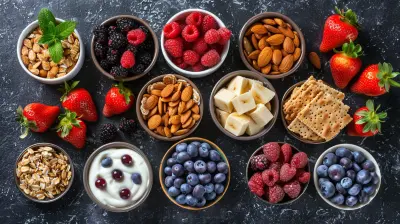The Powerful Health Benefits of Leafy Greens
14 August 2025
Let’s be honest—when you were a kid, your mom probably had to bribe you to eat your spinach. Fast forward to today, and leafy greens are all the rage in the wellness world—and for very good reason. These vibrant, nutrient-rich veggies are like little green powerhouses packed with everything your body craves. From boosting brain function to improving digestion, leafy greens are nature’s multivitamin. So grab your fork (or blender if you're into smoothies), because we’re diving deep into the powerful health benefits of leafy greens.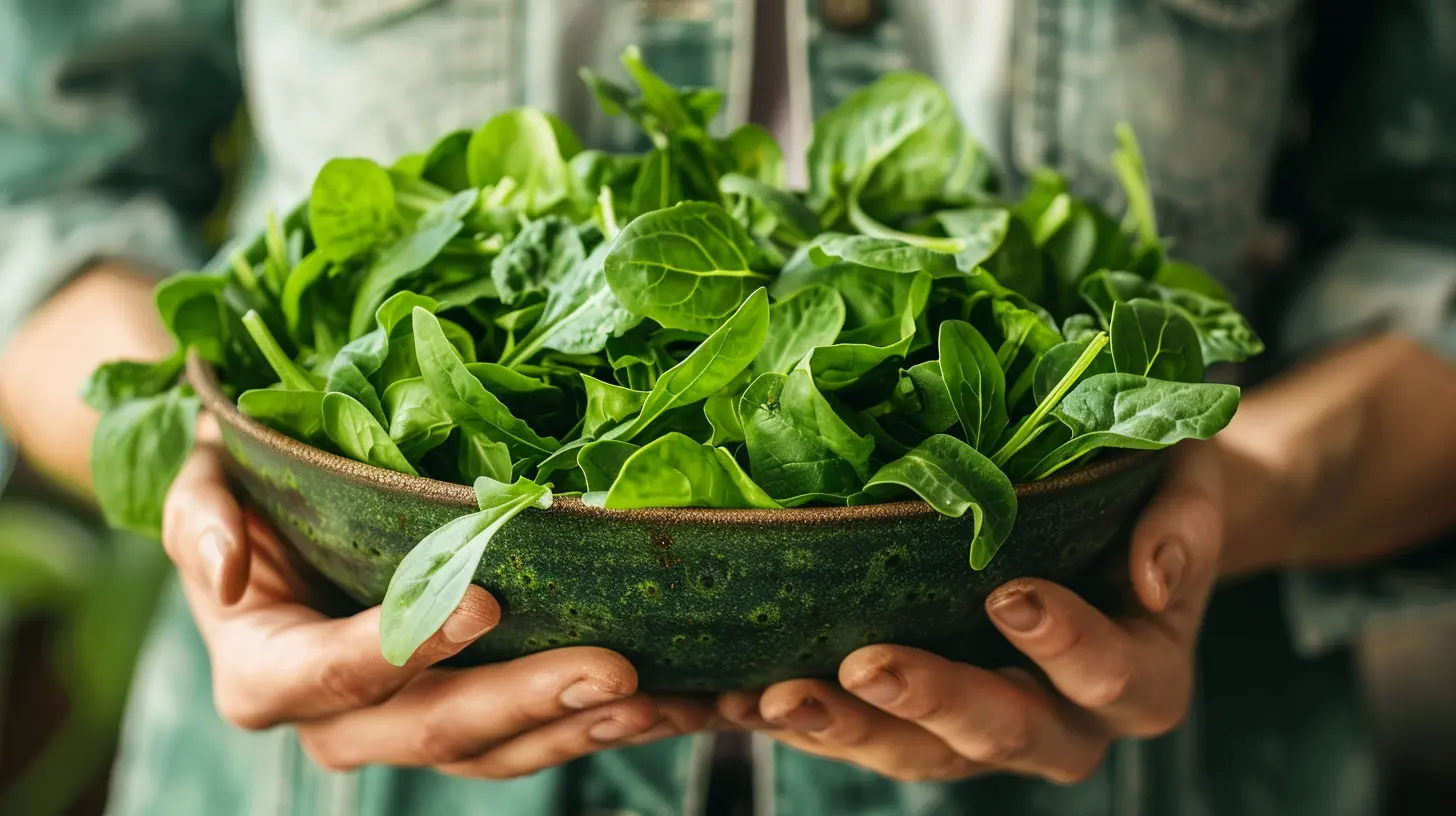
What Exactly Are Leafy Greens?
Before we go full throttle into their benefits, let’s get the basics right. Leafy greens are vegetables that have tender, edible leaves. Think kale, spinach, arugula, collard greens, Swiss chard, romaine lettuce, mustard greens—the list goes on.They’re the unsung heroes of your salad, smoothie, or sautéed side dish. Low in calories, but rich in fiber, vitamins, and minerals—these nutrient-dense greens can seriously up your health game.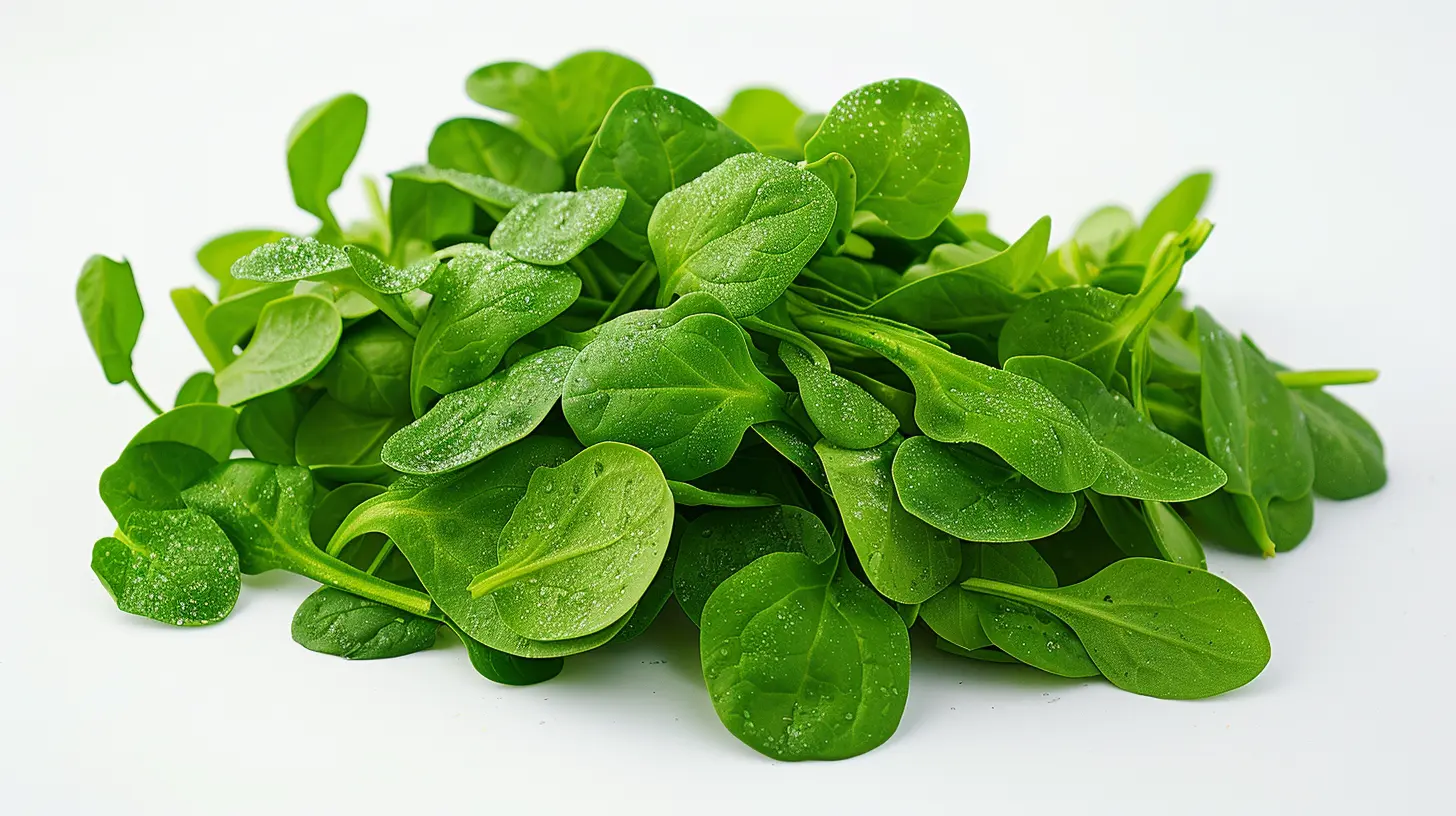
1. Packed with Nutrients and Antioxidants
What makes leafy greens the reigning champs of the veggie world? Their insane nutrient profile. Most leafy greens are rich in:- Vitamins A, C, E, and K
- Folate (essential for DNA and cell repair)
- Calcium, Iron, Magnesium, and Potassium
- Fiber
- Phytonutrients like beta-carotene, lutein, and zeaxanthin
These nutrients aren’t just impressive on paper—they protect your body against inflammation, oxidative stress, and chronic diseases. Think of them as your body’s internal army, quietly doing the heavy lifting while you go about your day.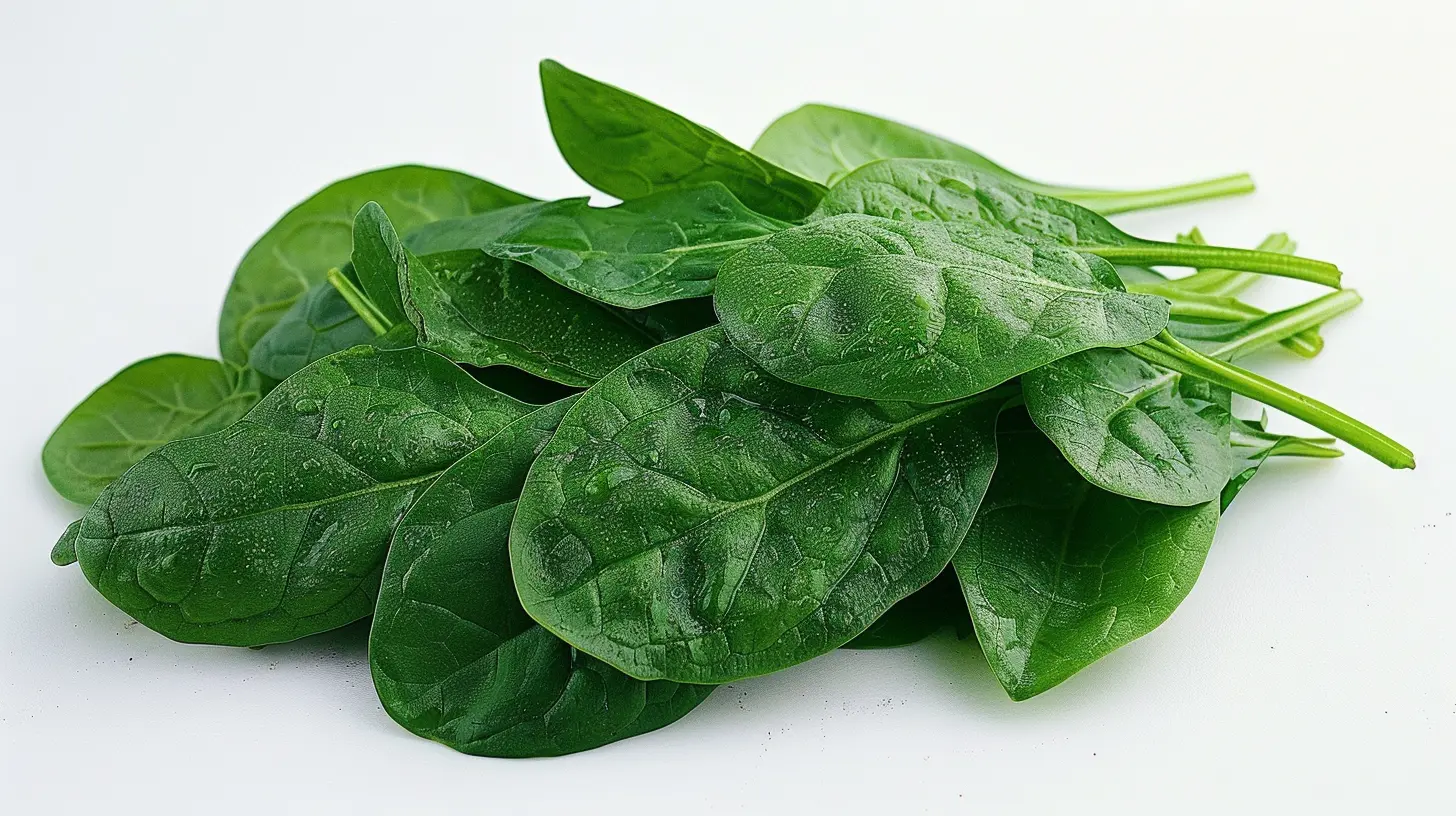
2. Promotes Glowing Skin and Healthy Hair
Ever wonder how some people just seem to glow? Chances are leafy greens are part of their secret sauce.Greens like spinach and kale are brimming with vitamin C, which supports collagen production. Collagen is that magical protein that keeps your skin firm and bouncy. Meanwhile, vitamin A helps to repair skin cells and prevent dryness. Not to mention, the high water content in leafy greens keeps your skin hydrated from the inside out.
And let’s not forget your hair—iron plays a big role in delivering oxygen to hair follicles, keeping them strong and full of life. If you’ve been dealing with brittle strands, it might be time to up your greens game.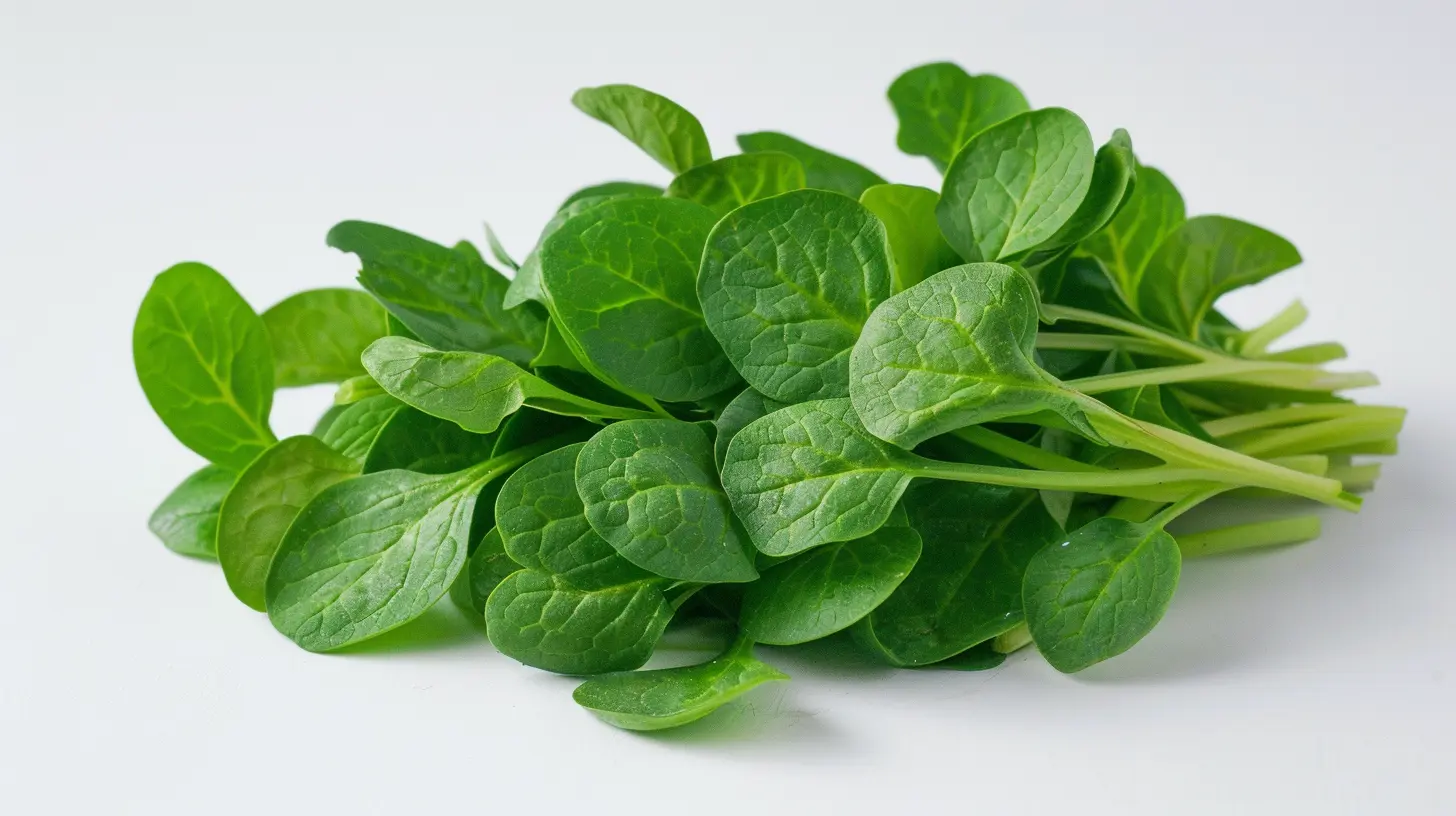
3. Superstars for Heart Health
Heart disease? No thanks.Leafy greens have been shown to lower blood pressure, improve arterial function, and reduce inflammation, all of which are crucial for a healthy heart. They’re also packed with nitrates, which help improve blood flow and reduce strain on your cardiovascular system.
In fact, studies have found that people who consume more leafy greens have a significantly lower risk of heart disease. So go ahead and toss some arugula into your sandwich or blend spinach into your smoothie—your heart will thank you.
4. Boosts Brain Health and Mental Clarity
Feel foggy? Having trouble focusing?Leafy greens could give your brain the reboot it needs. These veggies are rich in folate, vitamin K, and lutein, all of which are linked to better cognitive function and a lower risk of age-related mental decline.
Some research has even suggested that older adults who eat one serving of leafy greens a day have the cognitive memory of someone 11 years younger. That’s basically a brain time machine—how cool is that?
5. Supports Healthy Digestion
You know the saying: what goes in must come out. Leafy greens keep things moving smoothly through your digestive system thanks to their high fiber content.Fiber is your gut’s best friend. It not only promotes regular bowel movements (bye-bye constipation) but also feeds those good gut bacteria that keep your microbiome balanced. A healthy gut can improve everything from your immune system to your mood.
So, if you’ve been feeling a little “backed up,” consider adding more leafy greens like kale, chard, or collards into your meals.
6. Helps Manage Weight Naturally
Trying to shed a few pounds without feeling hungry all the time? Leafy greens are your secret weapon.They’re low in calories, but high in volume thanks to their water and fiber content. That means you can eat a big bowl of salad and actually feel full without overloading on calories.
Plus, they help regulate blood sugar levels, reducing those pesky energy crashes that lead to sugar cravings. Think of leafy greens as your natural appetite suppressants—no sketchy diet pills required.
7. Strengthens Bones
Wait—greens for your bones?Yup, leafy greens like collard greens and turnip greens are loaded with calcium and vitamin K, both crucial for building and maintaining strong bones. While dairy often gets all the spotlight for bone health, plant-based sources of calcium are just as effective—and come with none of the saturated fat.
Just one cup of cooked kale has nearly 200% of your daily recommended intake of vitamin K. That’s a lot of bone-boosting goodness packed into a small package.
8. Supports Immune Function
Nobody likes getting sick—and greens can help you stay off the couch and out of the tissue box.Leafy greens are full of immune-boosting nutrients like vitamin C, folate, and beta-carotene. These compounds help your body fight off infections more effectively by supporting white blood cell production and reducing inflammation.
So next time you feel a cold coming on, skip the orange juice and reach for a spinach-loaded smoothie instead.
9. May Reduce the Risk of Certain Cancers
While no food can 100% prevent cancer, eating leafy greens may lower your risk due to their rich content of antioxidants and phytonutrients.Compounds like sulforaphane (found in kale and arugula) and chlorophyll (the green pigment) have been studied for their potential to fight harmful carcinogens in the body. These natural chemicals help neutralize free radicals and support cellular health.
Making leafy greens a regular part of your diet is a simple, proactive way to support long-term health.
10. Easy to Add to Your Diet
Let’s be real: most of us don’t have time to prepare gourmet meals every day. The good news? Leafy greens are ridiculously easy to incorporate into your daily diet.Here are a few quick ideas:
- Toss a handful of spinach into your morning smoothie
- Swap lettuce for arugula in your sandwich
- Sauté Swiss chard with garlic and olive oil as a side
- Add kale to soups, stews, or pasta
- Make a leafy green salad for lunch with your favorite toppings
You can eat them raw, cooked, blended, or even baked (hello, kale chips!). They’re as versatile as they are healthy.
What Are the Best Leafy Greens to Eat?
All leafy greens offer health benefits, but here are a few top performers:- Spinach – Mild flavor, rich in iron and vitamin A
- Kale – Loaded with vitamin K, vitamin C, and antioxidants
- Swiss Chard – High in magnesium and vitamin E
- Collard Greens – One of the best plant sources of calcium
- Arugula – Peppery taste and high in nitrates and glucosinolates
- Romaine Lettuce – Great source of folate and fiber
Mix things up to keep your meals interesting and your nutrient intake balanced.
Don’t Forget to Wash Them!
Here’s a quick little PSA: always wash your greens thoroughly, whether you got them from the farmer’s market, grocery store, or your backyard garden. Even the pre-washed ones can carry bacteria or pesticides.A simple rinse under cold water or soaking them in a vinegar-water solution can work wonders. Your health (and your stomach) will thank you.
Final Thoughts
Let’s cut to the chase—leafy greens are basically superheroes in disguise. They support nearly every system in your body—from your brain to your bones to your belly. Whether you’re a health nut, a wellness newbie, or just trying to eat a little better, adding more greens to your plate is a no-brainer.So next time you pass the produce aisle, don’t just walk by the spinach and kale—show them some love. Your body will feel the difference, guaranteed.
all images in this post were generated using AI tools
Category:
NutritionAuthor:

Jackson Mahoney
Discussion
rate this article
1 comments
Jace McManus
Oh, leafy greens, the magical plants that turn us into health gods! Who needs pizza when you can chew on something that looks like it was left in the sun too long? Bring on the salad, right? Yum!
August 31, 2025 at 2:21 AM

Jackson Mahoney
Leafy greens may not have the appeal of pizza, but their health benefits are undeniable! A little creativity can make salads just as delicious. Give them a try!

